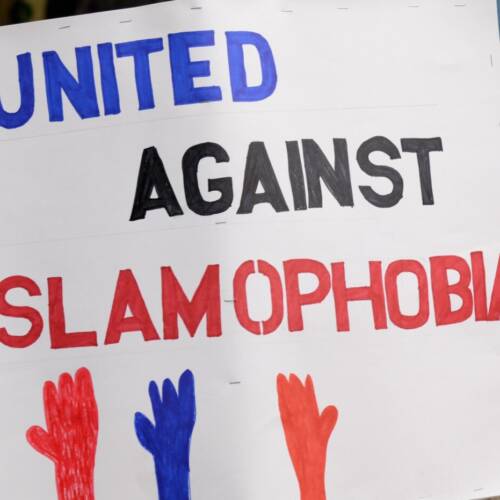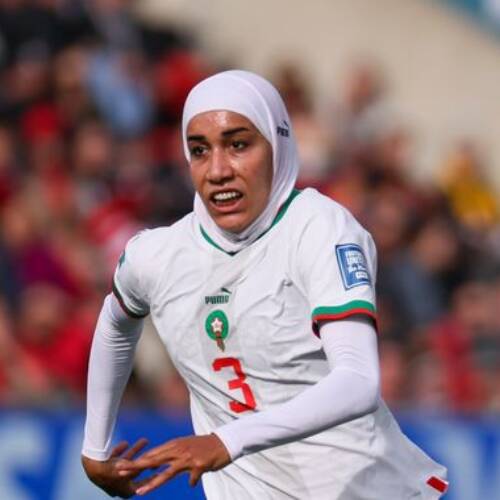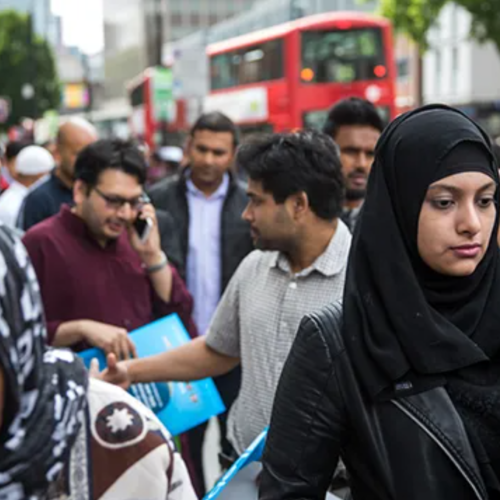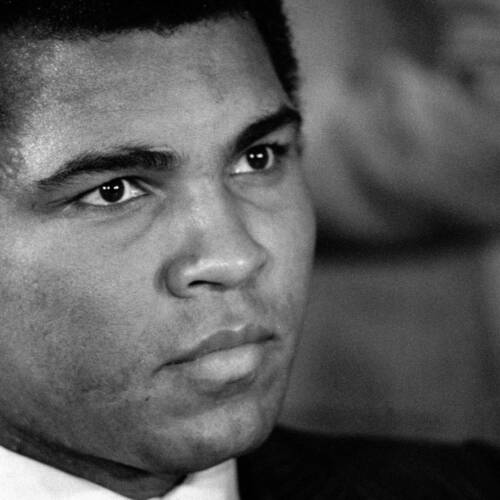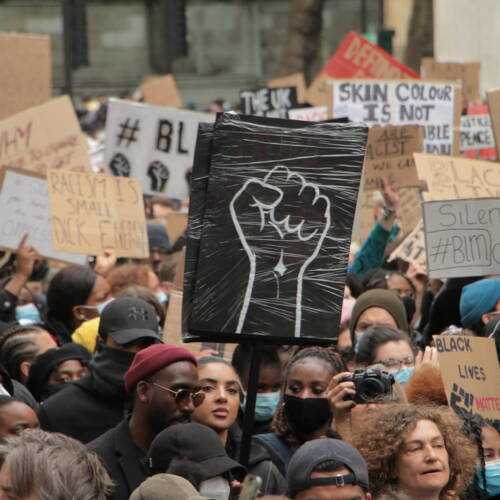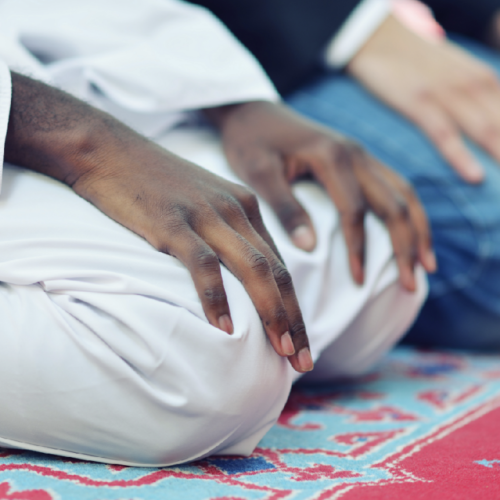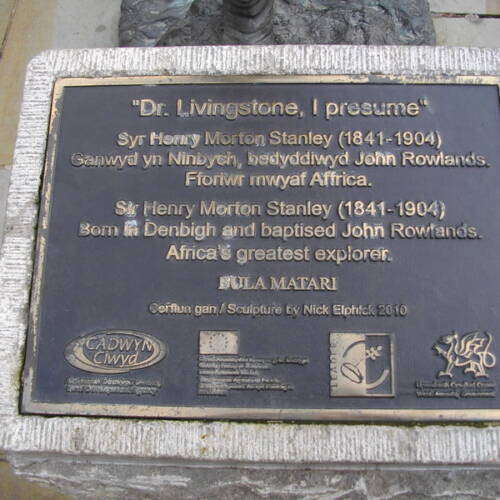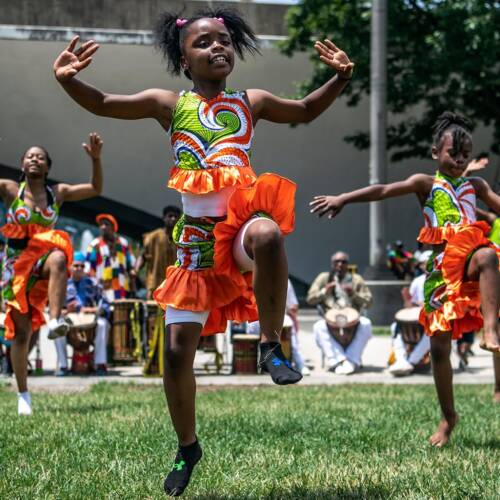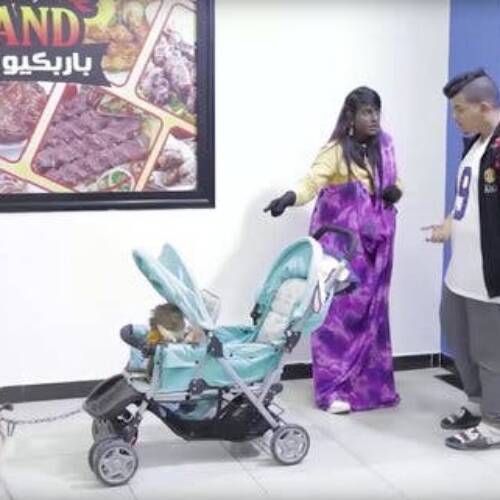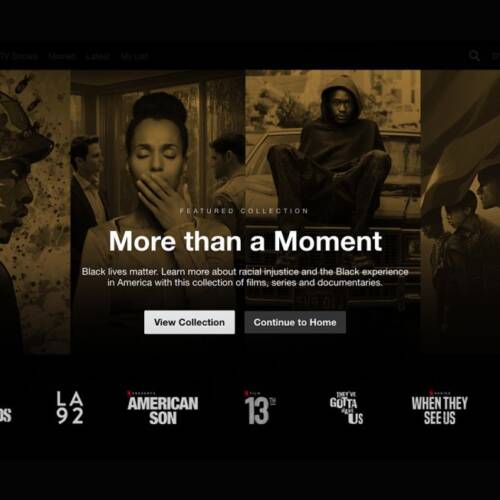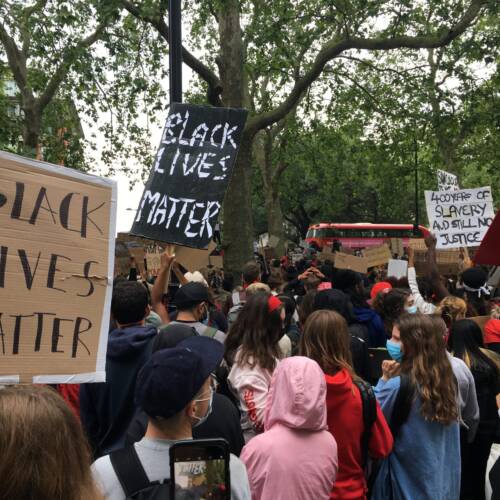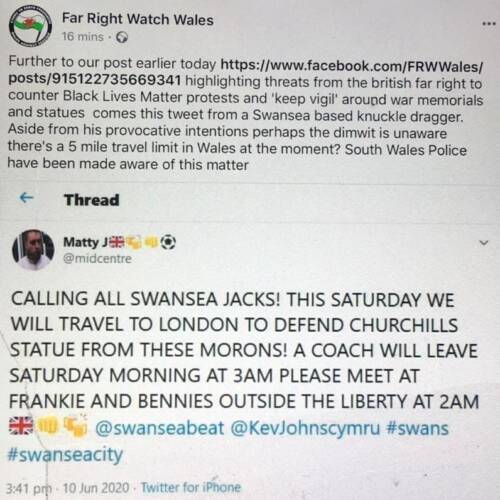
As Black Lives Matter Protests Enter Third Week, We Look at What Took Place Around the World
09 Jun 2020It has been over two weeks since George Floyd, a 46-year-old black man, died in Minnesota during an arrest for allegedly using a counterfeit bill. His death, which occurred as a result of the white police officer, Derek Chauvin, kneeling on Floyd’s neck for nearly nine minutes while he was handcuffed and begging for his life.
By this point, the African American community had already been grappling with the killing of Breonna Taylor, a healthcare worker who was shot in her bed by armed police officers who entered the wrong house; as well as Ahmaud Arbery, who was shot by two vigilantes while he was jogging. The two men claimed that Arbery attacked them, only to be proven wrong when footage of the incident emerged. The community had already been on edge over the disproportionate impact African American communities were suffering due to the coronavirus outbreak.
Under these conditions, Floyd’s death, during which Chauvin’s fellow officers did not intervene, was the last of the many incidences of police brutality. Protesters outraged by the incident launched protests in Minneapolis, many of them risking catching the coronavirus to attend the protests. The protests soon turned violent following a harsh police response and spread across the US and, finally, the wider world. Many of these protests have used #BlackLivesMatter and similar tags, although there were also many localised protests.
Since then, the harsh police response and the apparent complicity of high-ranking police officials in racially-motivated police killings has started a debate, not only on the nature of racial relations but also matters of police brutality and colonial legacy around the world.
As the protests enter their third week, they show no sign of ebbing and have, in fact, spread around the world, with many citizens calling into question the racial policies and police actions of their own home countries, bolstered by numerous high-profile incidents. Meanwhile, the protesters have won a number of victories.
Which cities and countries have witnessed protests in the past three weeks? What have been some of the notable developments?
Protests took place in 55 countries across every continent
In the three weeks since Floyd’s killing, protests went from being limited to Minneapolis to spreading across all 50 states of the US before spreading to 50 countries across all continents except for Antarctica. Many of the protests in other countries, while paying tribute to Floyd and others who were killed by the US police, also drew attention to similar incidents in their own countries.
The largest protests were, understandably, in the US. Protests there are currently estimated to have taken places across 750 cities and towns in all 50 states. In addition to major cities like New York City, Washington DC and Los Angeles, protests were also reported in smaller towns such as State College, Pennsylvania; Farmington, Missouri; Holland, Arkansas; and Solebury, Pennsylvania. The sizes of the protests varied between thousands in big cities to dozens in smaller towns.
While the protests started peaceful, they started turning violent in the ensuing days, especially following numerous police responses to the protests. In a number of areas, including Minneapolis, numerous businesses were looted, with police stations set on fire. In a number of cities, the National Guard was brought in to help contain the protests and enforce curfews. However, increasingly-recorded examples of police brutality have stoked further protests. It is estimated that nearly 10,000 protesters were arrested.
Outside the US, the largest protests took place in the UK where protesters also launched campaigns against the country’s own institutionalised racism. Since May 28, protests took place in London, Birmingham, Liverpool, Manchester, Glasgow, Basingstoke and Bristol, as well as a number of smaller towns. Protests in London, which were attended by thousands, turned violent following police response and kettling. Meanwhile, a number of statues, including of Winston Churchill and 17th Century slave-trader Edward Colston, were attacked.
In Africa, protests took place in Ghana, Kenya, Liberia, Nigeria, South Africa and Tunisia, with protester numbers ranging from dozens in Kenya to hundreds in South Africa.
In Asia, small protests between a handful and couple hundred were reported in Armenia, Hong Kong, Cyprus, India, Iran, Israel, Japan, Pakistan, Palestine, Phillipines, Thailand, South Korea and Turkey.
In mainland Europe, protests took place in Austria, Andorra, Belgium, Bulgaria, Czech Republic, Denmark, Finland, France, Germany, Greece, Hungary, Iceland, Ireland, Italy, Kosovo, Lithuania, Luxembourg, Malta, Netherlands, Norway, Poland, Portugal, Romania, Russia, Slovakia, Sweden and Switzerland, with protesters numbering in the thousands in most cities. In countries such as France, protests also focused on the country’s own police brutality.
Protests were also reported in countries such as New Zealand, Australia, Jamaica, Trinidad and Tobago, Bermuda, Canada and Mexico.
A number of notable developments have taken place
Since the protests picked up, both the US and the world have witnessed a number of significant developments.
In Minneapolis, the uproar over the protests, Chauvin, who was placed in administrative leave, was arrested, with all four officers in the scene fired. Chauvin was initially given a third-degree murder and second-degree manslaughter charge but these have since been raised to second-degree murder. The three officers were charged with aiding and abetting. The protests have also resulted in Breonna Taylor’s case being re-examined.
In addition, the Minneapolis City Council announced that it will hold a vote to disband the city’s police force as part of an overhaul. Similar reforms were pledged in New York City which has also witnessed substantial police brutality. As part of a wider national move, the Democratic Party has also unveiled a package to reform the police force.
One of the most notable incidents that highlighted the country’s police brutality issue took place in Buffalo, New York. A 75-year old activist, Martin Gugino, was hospitalised after falling on the pavement and hitting his head. Police officials said that the man “slipped” and fell and defended the officers. However, footage has since emerged showing two officers push Gugino, causing him to fall. After the two officers were suspended, the entire 57-member emergency force of the Buffalo Poice Department resigned in support of their colleagues, expressing “disgust” that they were suspended. The incident was one of the starkest displays of police brutality caught on tape since the protests started and elicited widespread outrage.
Unsurprisingly, the US president, Donald Trump, has spoken in opposition of the protests and has defended the police officers, even as he paid lip-service to George Floyd’s death. However, last Monday’s incident, during which Trump deployed riot police to protesters at a church before taking a photo with a bible, seemed to be a low that even harshest opponents could not see coming. Although the photo-op got some support from Trump’s evangelical base, numerous long-time supporters, including in the evangelical camp, harshly criticised the photo. Prominent Republican politicians such as Mitt Romney and John Kelley, as well as former defence secretary, James Mattis, all criticised Trump, with Mattis comparing the photo to something seen in Nazi propaganda.
In the UK, where the protests elicited some soul-searching about the country’s own history, protesters have been defacing statues representative of the country’s past. Among the statues defaced was that of Winston Churchill in Westminster.
More notably, protesters in Bristol tore down the statue of the 17th century slave trader, Edward Colston, and threw it into the port where his slave ships used to dock. The move was inspired by similar efforts to tear down Confederate statues in the US, both in earlier Black Lives Matter protests and the current ones. Although the tearing down of the statue was criticised by some politicians as an act of vandalism, many activists said that they feel the statue, which glorifies a slaver, should have been removed long ago.
It remains to be seen how these protests will end. However, it is clear that just three weeks in, they have already caused tremendous impact in both the US and around the world. Whatever else may take place, it is hard to deny that the past two weeks alone have been history in-the-making.


